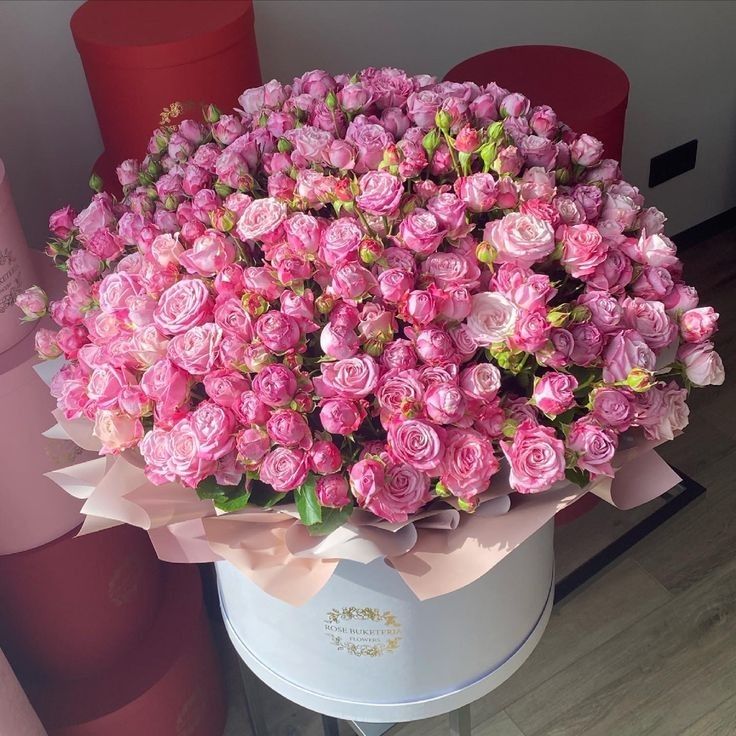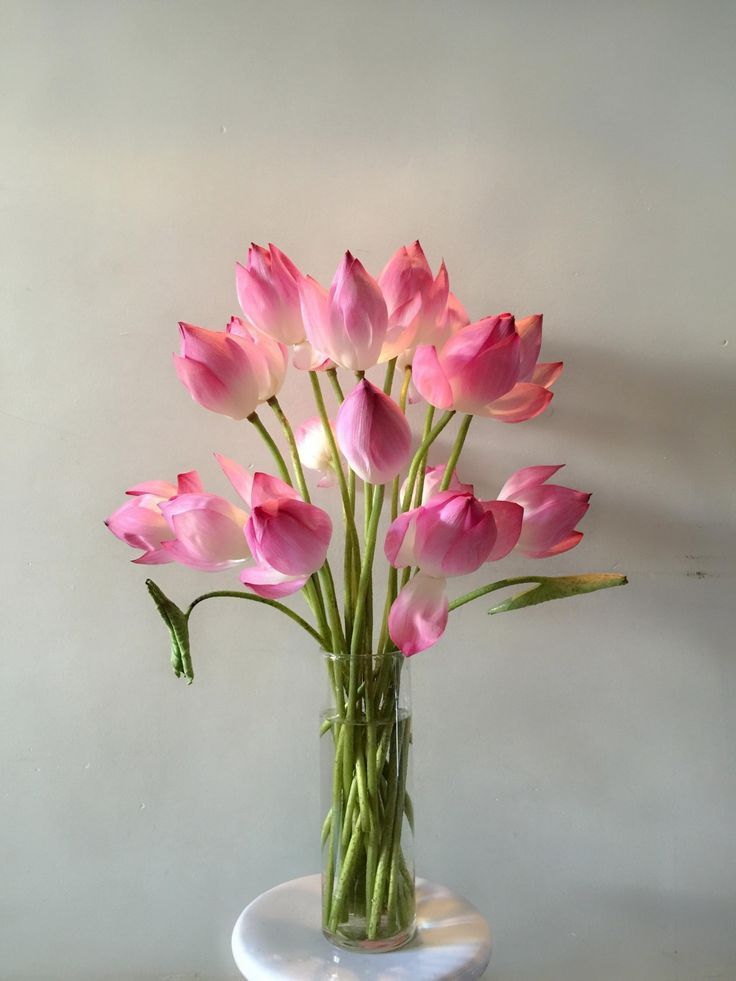Transforming your outdoor space into a tranquil retreat for relaxation and meditation is easier than you might think. By incorporating elements of Zen design principles, you can create a serene and harmonious environment that promotes peace of mind and inner calm. In this guide, we’ll explore how to design and cultivate a Zen garden that fosters relaxation and meditation.










What is a Zen Garden?
Tip: A Zen garden, also known as a Japanese rock garden or dry landscape garden, is a minimalist garden design that originated in Japan. It typically features gravel or sand raked into patterns to represent water or waves, with carefully placed rocks, moss, and minimalist plantings. Zen gardens are designed to evoke a sense of tranquility, simplicity, and harmony with nature.
Designing Your Zen Garden
- Choose a Peaceful Location: Select a quiet and secluded spot in your garden where you can create a sense of retreat and solitude. Consider areas with natural features like trees or a water feature to enhance the feeling of tranquility.
- Embrace Minimalism: Keep the design simple and uncluttered, focusing on essential elements like rocks, gravel, and plants. Avoid overly ornate or decorative features that may distract from the Zen aesthetic.
- Incorporate Natural Materials: Use natural materials like stone, wood, and bamboo to create a sense of harmony with the surrounding environment. Choose materials with organic textures and earthy colors to evoke a feeling of groundedness.
- Create Balance and Symmetry: Balance is a fundamental principle of Zen design. Arrange elements in your garden symmetrically or in harmonious patterns to create a sense of equilibrium and order.
Elements of a Zen Garden
- Gravel or Sand: Use gravel or sand as the primary ground cover in your Zen garden. Rake the gravel or sand into patterns to represent flowing water or waves, fostering a sense of movement and fluidity.
- Rocks and Stones: Select rocks and stones with natural shapes and textures to create focal points and visual interest in your garden. Arrange them thoughtfully to evoke a sense of stability and permanence.
- Minimalist Plantings: Choose low-maintenance plants with simple forms and subtle colors to complement the Zen aesthetic. Consider using moss, ferns, ornamental grasses, and bamboo to add greenery and texture to your garden.
- Water Features: Incorporate a small water feature like a fountain, pond, or waterfall to introduce the soothing sound of running water into your garden. The sound of water can promote relaxation and meditation.
Cultivating a Zen Mindset
- Practice Mindfulness: Use your Zen garden as a space for mindfulness meditation and reflection. Take time to observe the natural beauty around you, focusing on the present moment and letting go of distractions.
- Engage the Senses: Stimulate your senses with the sights, sounds, and textures of your garden. Listen to the rustling of leaves, feel the texture of the rocks beneath your feet, and breathe in the scent of fragrant flowers.
- Create Rituals: Establish simple rituals or routines for caring for your Zen garden, such as raking the gravel or watering the plants. These rituals can become meditative practices that help you connect with nature and cultivate a sense of inner peace.
Conclusion
Designing and cultivating a Zen garden is a rewarding and meditative process that can bring a sense of tranquility and serenity to your outdoor space. By embracing minimalist design principles, incorporating natural materials, and cultivating a mindful mindset, you can create a peaceful retreat where you can relax, recharge, and reconnect with yourself and the natural world.
Whether you have a small backyard or a spacious garden, you can adapt the principles of Zen design to create a tranquil oasis that nourishes your body, mind, and spirit. Embrace simplicity, balance, and harmony in your garden, and let it become a sanctuary for relaxation, meditation, and personal renewal.